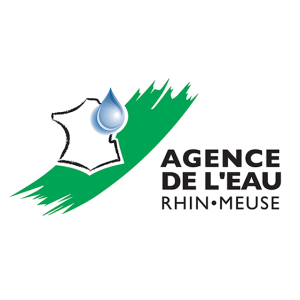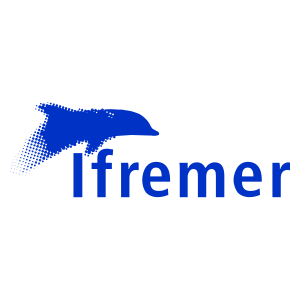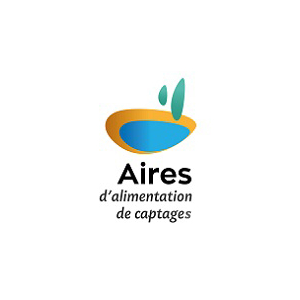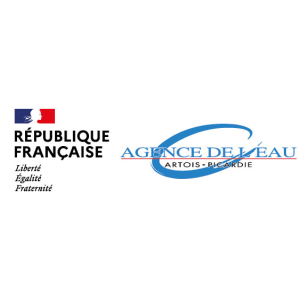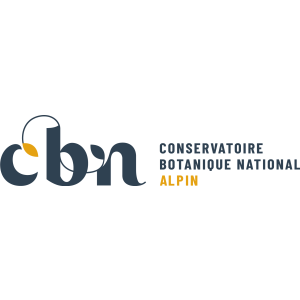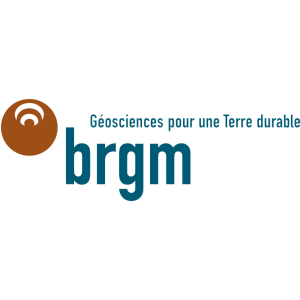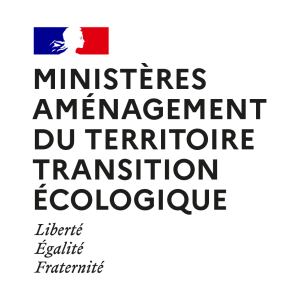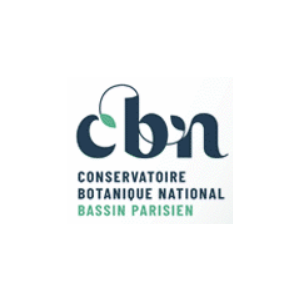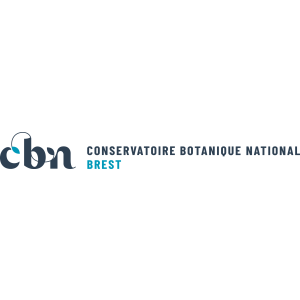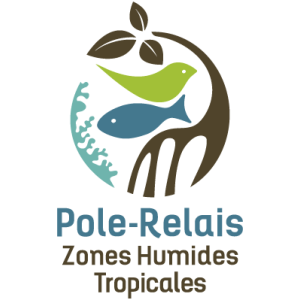
Document généré le 11/12/2025 depuis l'adresse: https://www.documentation.eauetbiodiversite.fr/fr/notice/les-pecheries-mixtes-de-langoustine-et-merlu-du-golfe-de-gascogne-modelisation-bio-economique-et-simulation-des-procedures-de-gestion
Les pêcheries mixtes de langoustine et merlu du Golfe de Gascogne, modélisation bio-économique et simulation des procédures de gestion
Titre alternatif
Producteur
Contributeur(s)
Identifiant documentaire
9-2569
Identifiant OAI
oai:archimer.ifremer.fr:2569
Auteur(s):
Charuau, Anatole
Mots clés
mixed fisheries
bio economical modelisation
bay of Biscay
simulation
prawn
hake
fishing fleet strategy
fishing assessment
pecherie mixre
golfe de Gascogne
modele bio economique
simulation
langoustine
merlu
stratégie des flottilles
gestion des pêcheries
Date de publication
20/07/1988
Date de création
Date de modification
Date d'acceptation du document
Date de dépôt légal
Langue
fre
Thème
Type de ressource
Source
Droits de réutilisation
info:eu-repo/semantics/openAccess
Région
Département
Commune
Description
Fishing crayfish on the gulf's mudflats is a traditional business practised by 450 boats of 12 to 18 metres in length and employs 2,500 sailors. In the north of the gulf, this activity is exclusive, in the south, immature hake are also caught, because the crayfish areas coincide, in part, with the nurseries of the northern stock of this species.
Management of these fisheries, called mixed, of crayfish and hake is one of the greatest problems of the Gulf of Gascony. All assessments tend to show the responsibility of the crayfish boats in the future of the hake stock. The solution is likely to pass through a generalised increase of the 80 mm meshing that would lead, eventually, the hake stock yield to its maximum, but would eliminate a great many trades that are only practicable for the moment by using small meshing: crayfish boats, shrimp boats, etc.
It was shown moreover that the times of maximum abundance of hake and crayfish do not necessarily coincide. Indeed, hake does not swim along the bottom but rather moves in the channel of water. There are therefore definitely crayfish areas and hake areas, but overlapping such that a ship passing from one to the other during a single pass cannot judge in advance the immediate composition of its catch.
The method used for describing these mixed fisheries and providing a solution to their problems of management relies on simulations aided by a bio-economic model known as "compartmental". This structure was adopted to be able to take into account all possible scenarios of the fleets' strategies. The fishery is first divided into geographic elements corresponding to the specific sedimentary structures where the stocks of exploited species are concentrated, the major constraint being the limits of these elements corresponding to those usually employed in fishing statistics, since it is based on these statistics that we can determine the fleets' profiles and their target species. The ratios between the fleet and the species are measured by calculating the fishing power.
Accès aux documents
0
Consultations
0
Téléchargements

